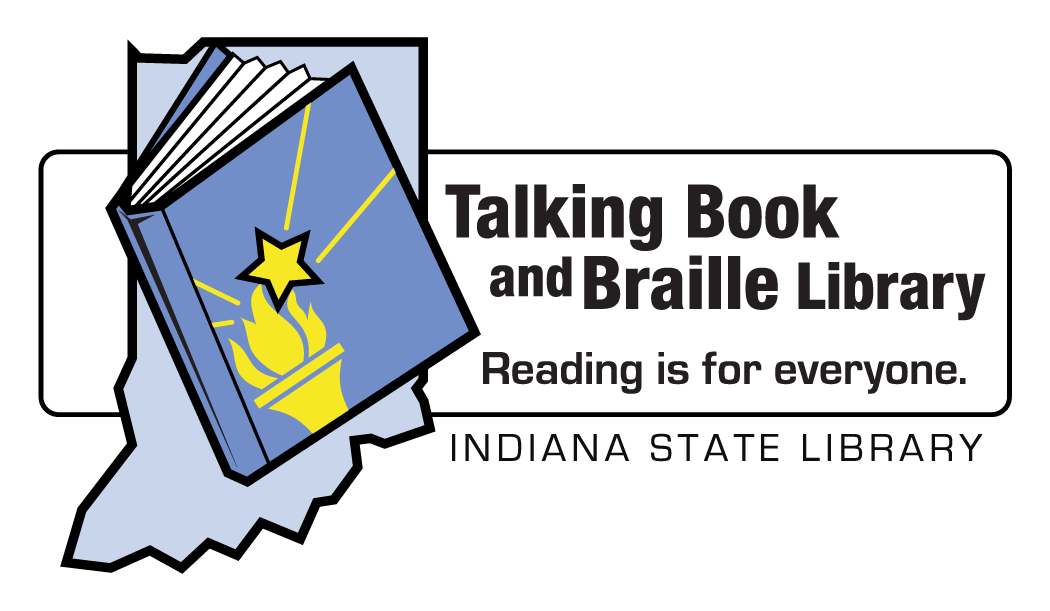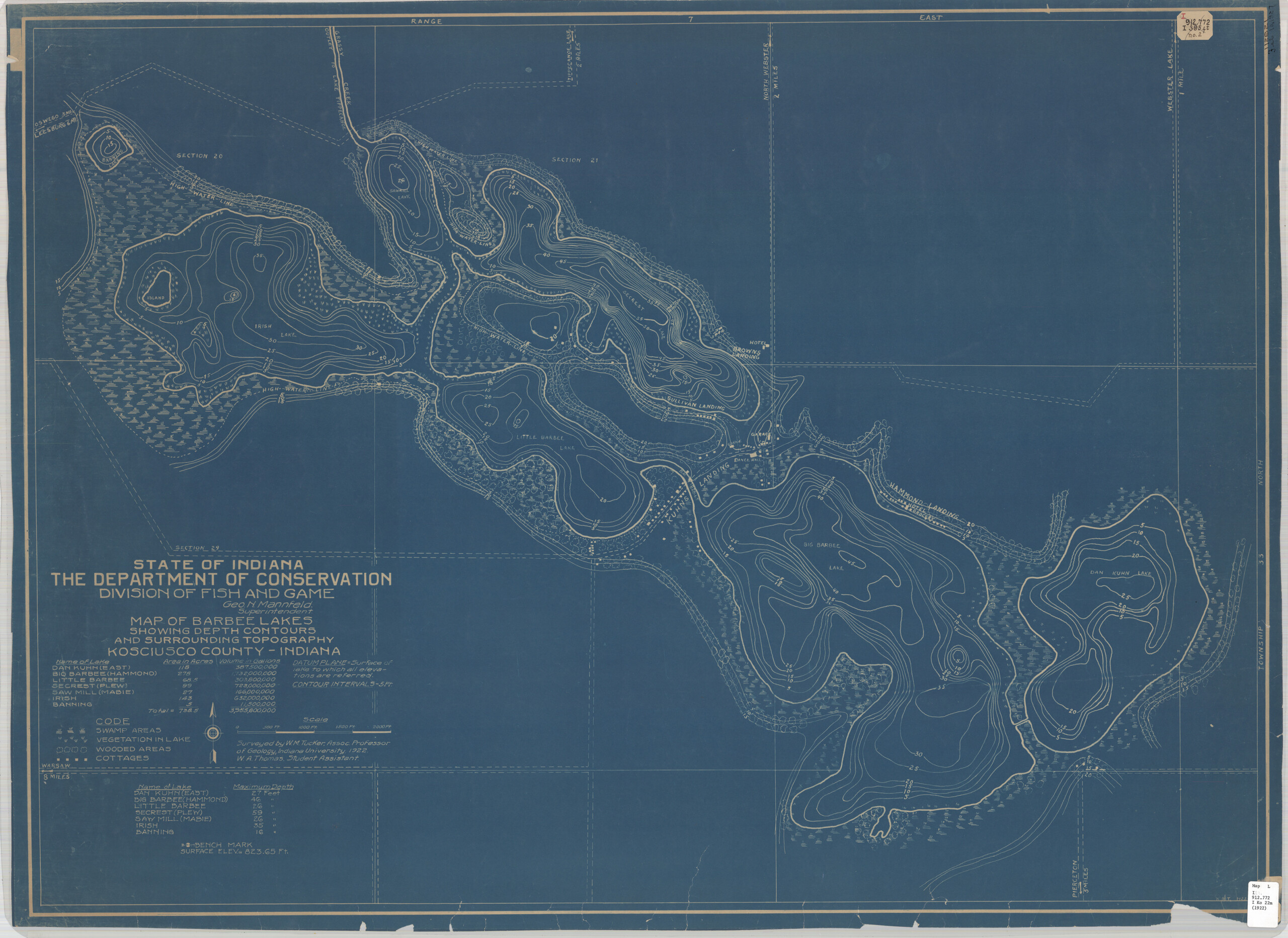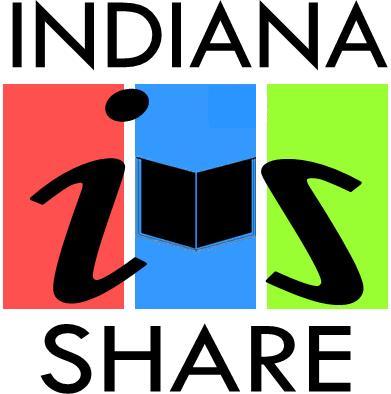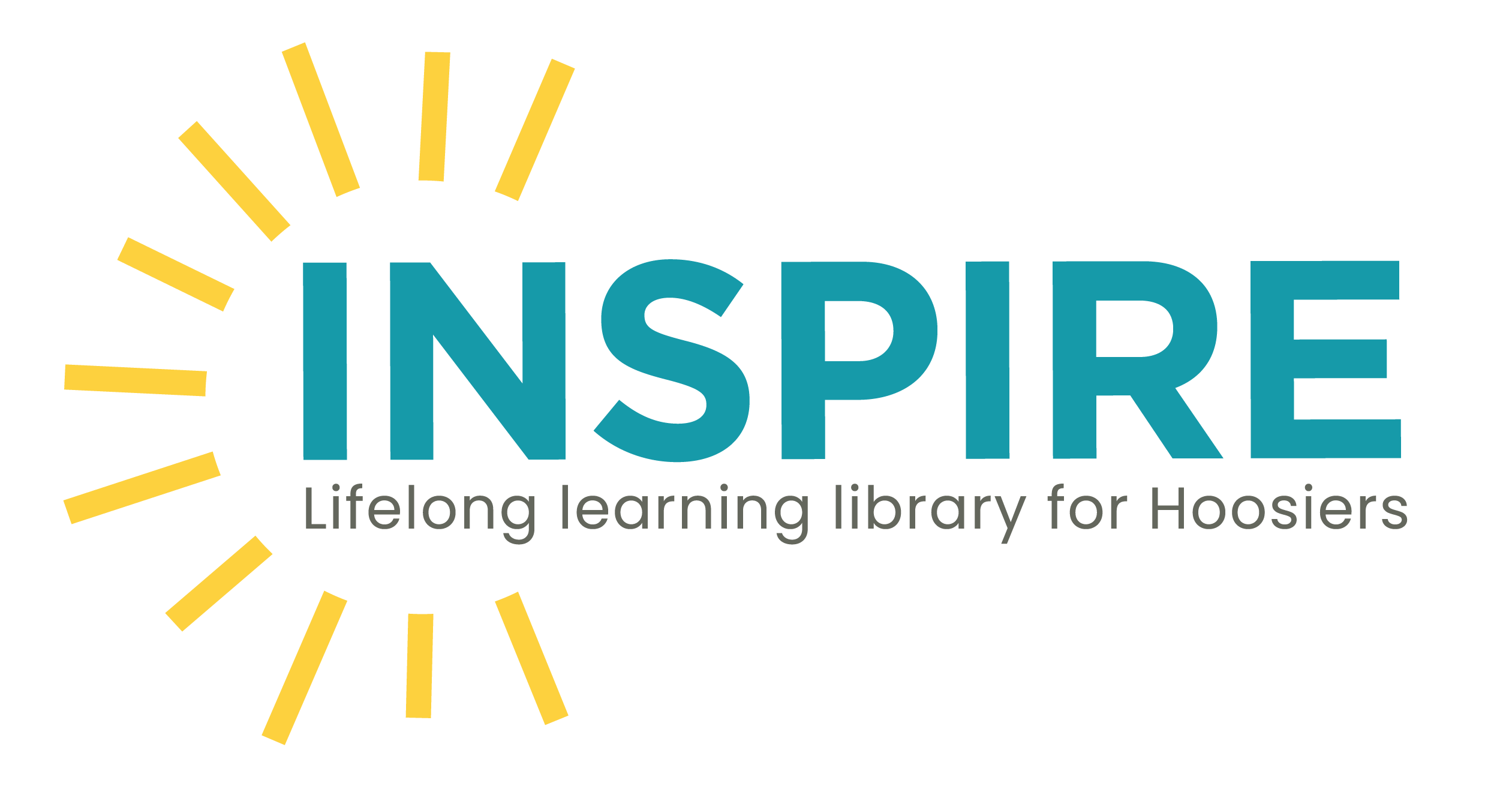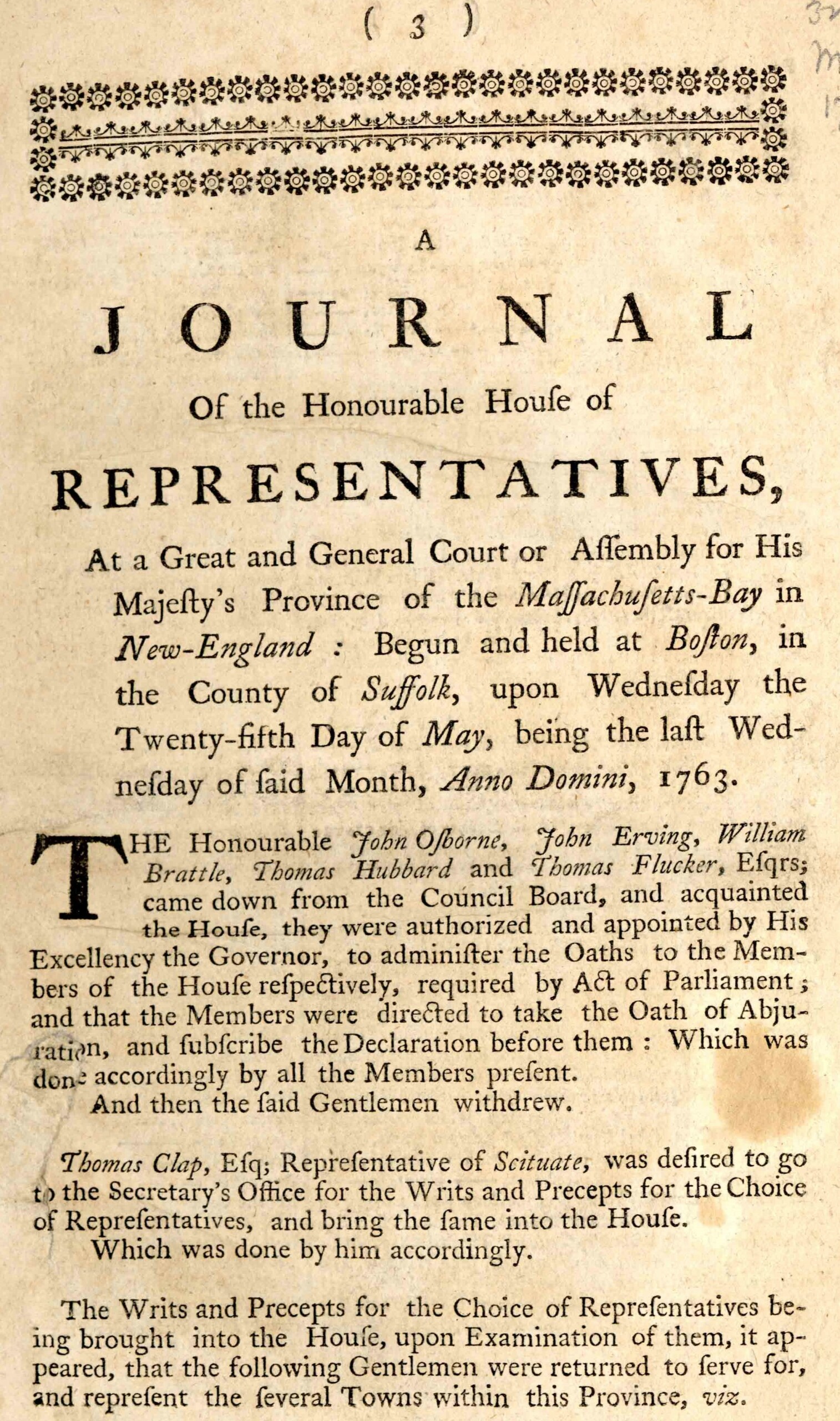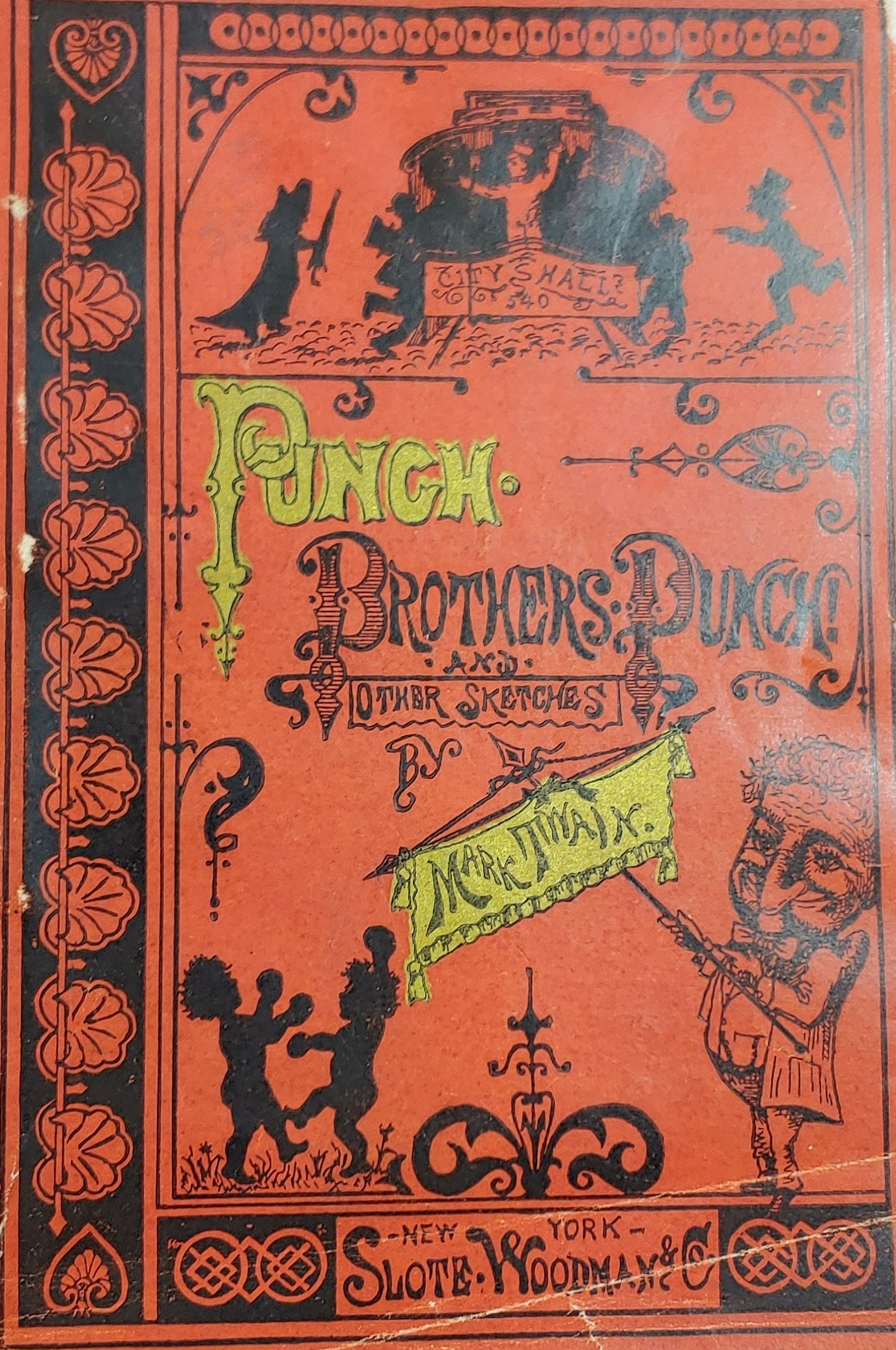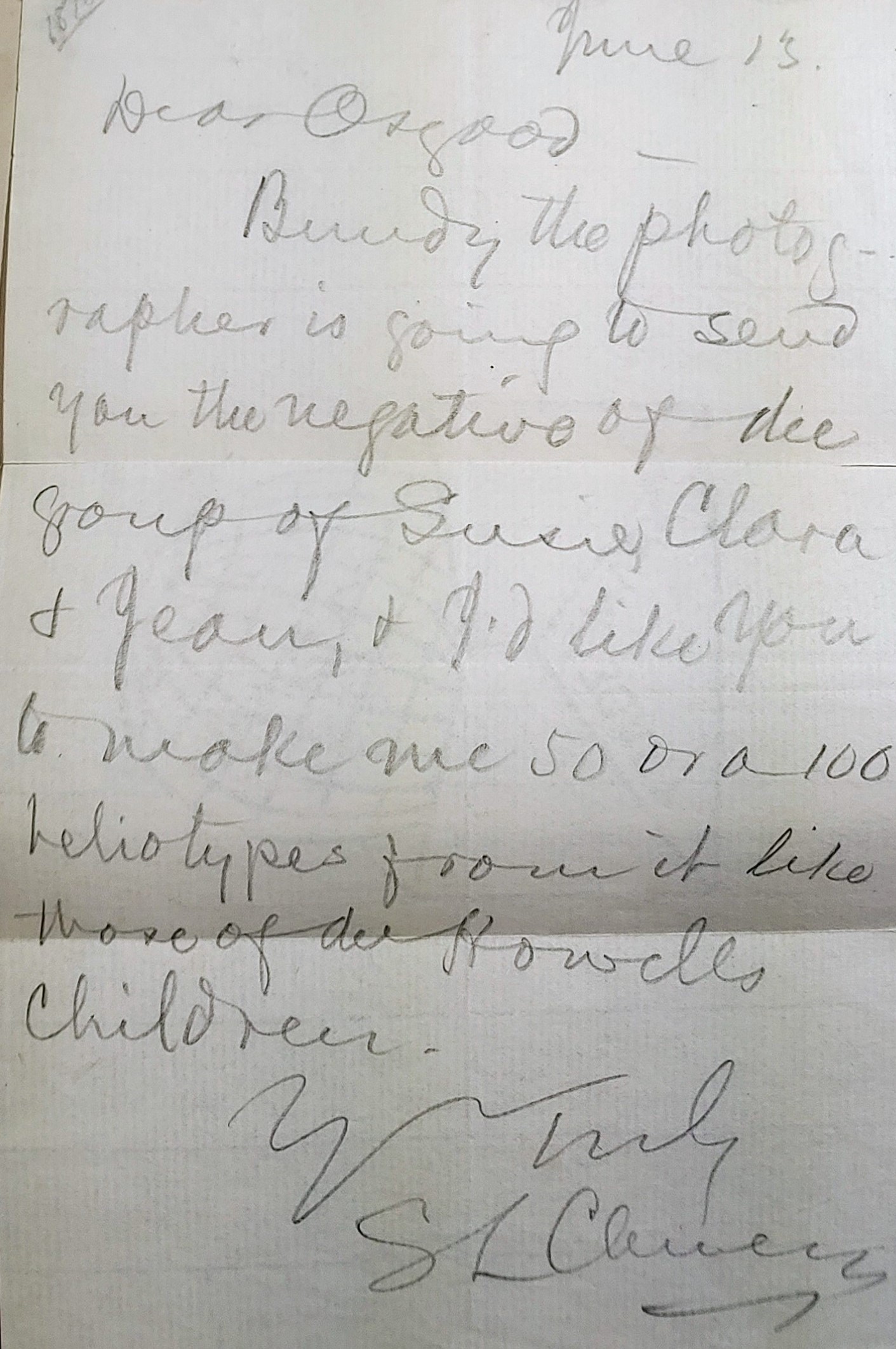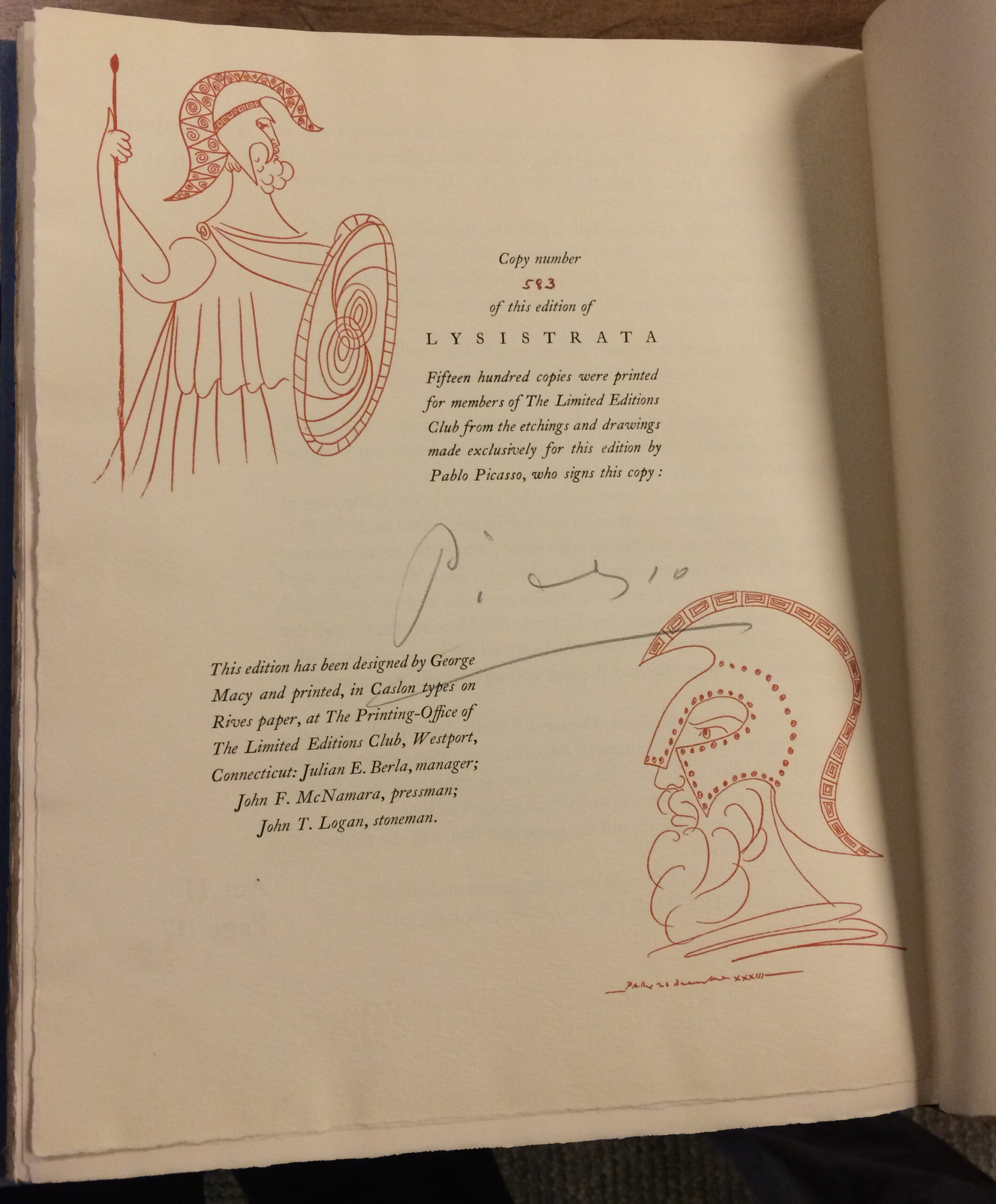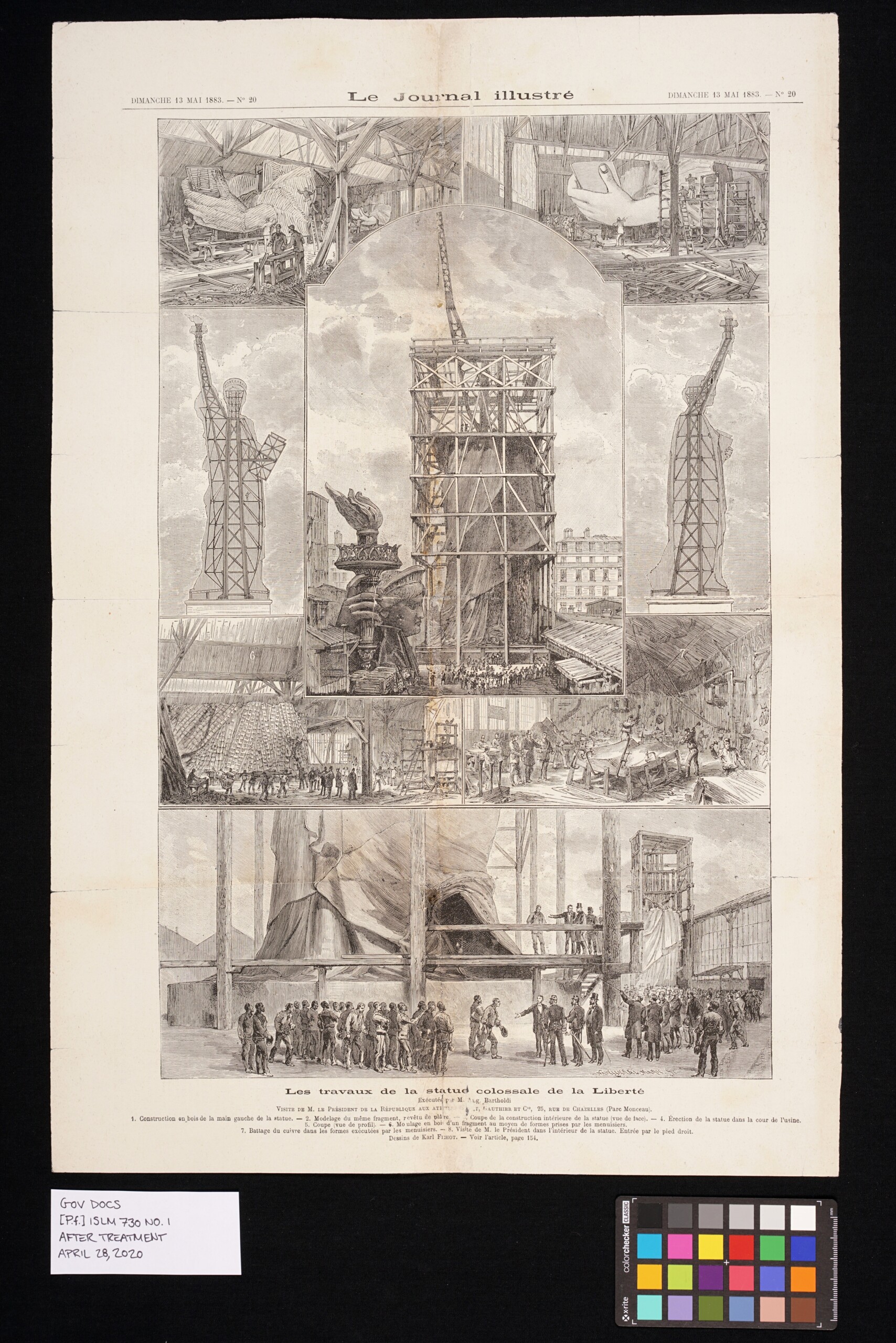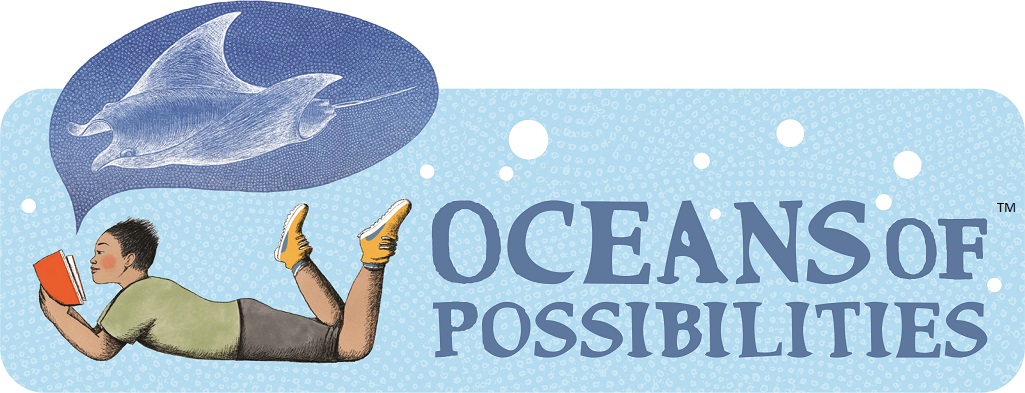The Indiana State Library is thrilled to announce the newest version of the Indiana Library Passport, a digital experience that encourages everyone to visit libraries across the Hoosier state. The new version of the passport will launch on May 8 and has many upgraded features.
The passport, open to everyone, showcases more than 140 main libraries and branches to explore – including over 30 historical Carnegie libraries – in an easy, mobile-friendly way. The passport includes stops at the Allen County Public Library, which features the Rolland Center for Lincoln Research; the South Whitley Community Public Library, which features the Shultz Gem Collection; the Bartholomew County Public Library, which features architectural design by I. M. Pei and the Large Arch statue by Henry Moore; and many more.
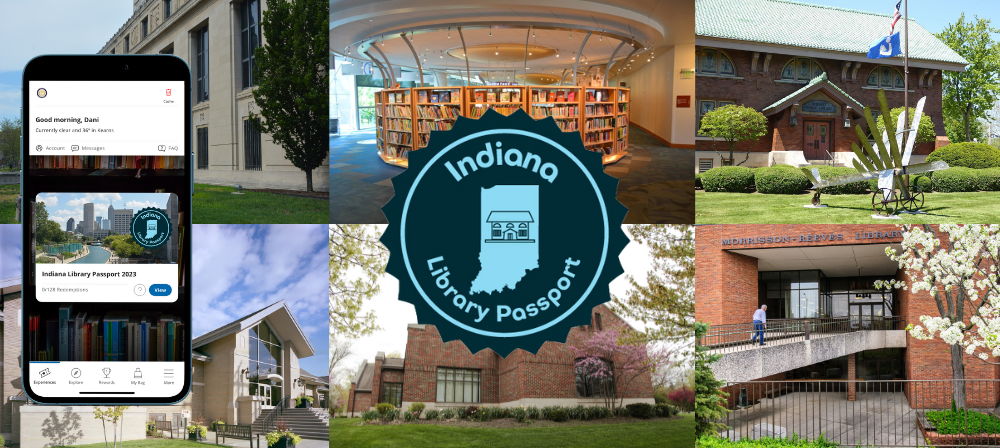 Patrons can visit a dedicated mobile passport landing page where they can sign-up for the Indiana Library Passport by providing their name, email address and mobile phone number. A link is then sent to their mobile phone, which opens the passport and directs the user to add the button icon to their home screen, where they can access it any time. There is never anything to download and no bulky apps take up space on a user’s phone. Click the Learn More button to see all of the libraries on the Indiana Library Passport.
Patrons can visit a dedicated mobile passport landing page where they can sign-up for the Indiana Library Passport by providing their name, email address and mobile phone number. A link is then sent to their mobile phone, which opens the passport and directs the user to add the button icon to their home screen, where they can access it any time. There is never anything to download and no bulky apps take up space on a user’s phone. Click the Learn More button to see all of the libraries on the Indiana Library Passport.
 Returning to the passport in 2023 is the prize drawing. When participants check in to libraries on the Indiana Library Passport trail, they will be entered into a quarterly drawing for a prize package, including, but not limited to, gift cards from local and national merchants; admission tickets to museums, parks, theaters; events and historic locations; books; confections; and organizational memberships. Once users sign up for the passport, they only need to use their phone to check in while physically at each location. Participants are eligible to check in to each location on the passport once per week which will enter them into the prize drawing. Click here for detailed instructions on how to sign up and on how to use the passport. Click here to read the Indiana Library Passport FAQs.
Returning to the passport in 2023 is the prize drawing. When participants check in to libraries on the Indiana Library Passport trail, they will be entered into a quarterly drawing for a prize package, including, but not limited to, gift cards from local and national merchants; admission tickets to museums, parks, theaters; events and historic locations; books; confections; and organizational memberships. Once users sign up for the passport, they only need to use their phone to check in while physically at each location. Participants are eligible to check in to each location on the passport once per week which will enter them into the prize drawing. Click here for detailed instructions on how to sign up and on how to use the passport. Click here to read the Indiana Library Passport FAQs.
 This year, passport users will have an opportunity to claim a limited-edition Indiana Library Passport mug. When users check into a library, they will be awarded 100 points. Once a user earns 2,000 points, they can redeem those points for the mug, while supplies last. The redemption process is done entirely within the passport and the mug will be shipped directly to the passport holder. Points can be earned once per week per library. Please note that employees of libraries on the passport are not eligible for the prize drawing or the mug.
This year, passport users will have an opportunity to claim a limited-edition Indiana Library Passport mug. When users check into a library, they will be awarded 100 points. Once a user earns 2,000 points, they can redeem those points for the mug, while supplies last. The redemption process is done entirely within the passport and the mug will be shipped directly to the passport holder. Points can be earned once per week per library. Please note that employees of libraries on the passport are not eligible for the prize drawing or the mug.
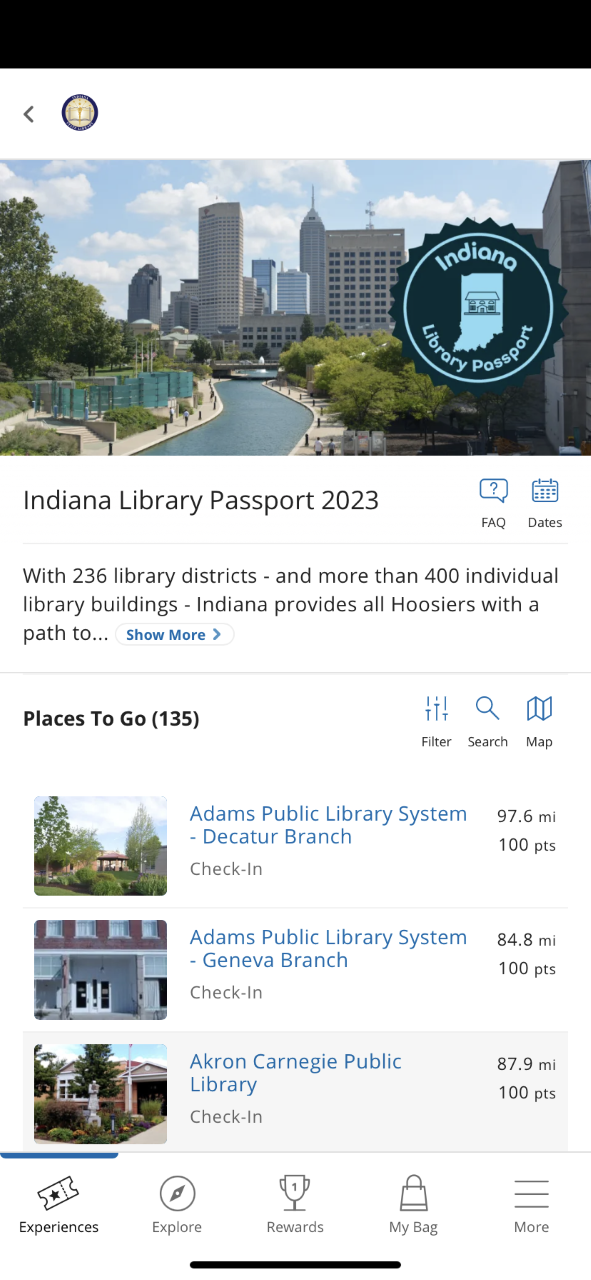 In addition to the the opportunity to earn an Indiana Library Passport mug, the passport itself has many new features. On the main passport Experiences screen, users can click View to see a list of libraries on the passport. From there, users will now be able to see the distance from their current location to any library on the passport. A new advanced filtering option lets passport holders sort by name and by libraries near them. Carnegie libraries are also filtered out as special attractions. Finally, the passport now displays the weather of a user’s current location. The Indiana State Library hopes that everyone enjoys these additional features and quality of life improvements.
In addition to the the opportunity to earn an Indiana Library Passport mug, the passport itself has many new features. On the main passport Experiences screen, users can click View to see a list of libraries on the passport. From there, users will now be able to see the distance from their current location to any library on the passport. A new advanced filtering option lets passport holders sort by name and by libraries near them. Carnegie libraries are also filtered out as special attractions. Finally, the passport now displays the weather of a user’s current location. The Indiana State Library hopes that everyone enjoys these additional features and quality of life improvements.
Please note that the previous version of the Indiana Library Passport will be retired on May 8 as the new version launches. Current passport holders will need to sign up for the new version of the Indiana Library Passport, as their information will not automatically be transferred.
The Indiana Library Passport is a collaboration between the Indiana State Library and Bandwango, a well-known technology company in the travel space. Bandwango technology is designed to support free and paid experiences created by destinations and marketed to visitors and locals. They are the technology company behind Visit Indiana’s State Nature Passport, among other passports in the state.
The 2023-24 Indiana Library Passport program is sponsored by the Indiana State Library Foundation.
Please contact John Wekluk, communications director at the Indiana State Library, with any questions.
This post was written by John Wekluk, communications director at the Indiana State Library.

